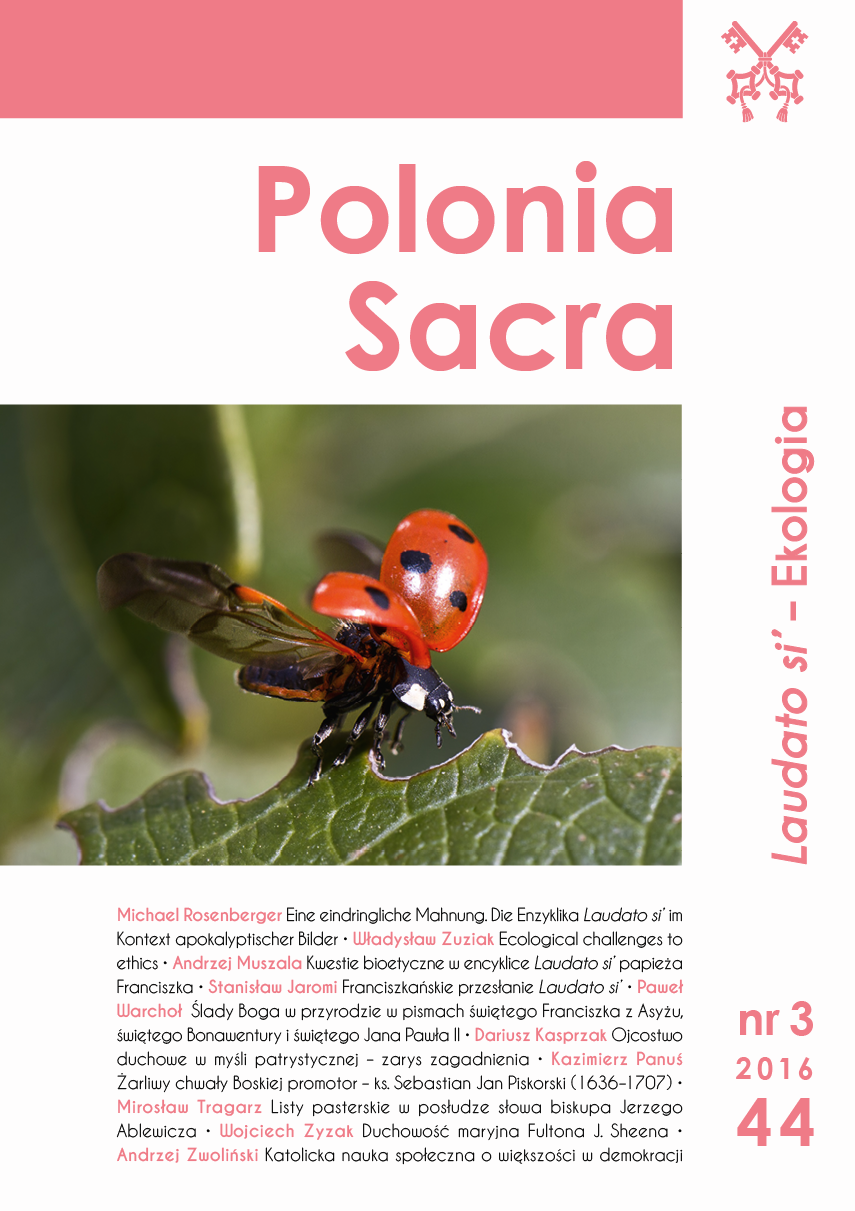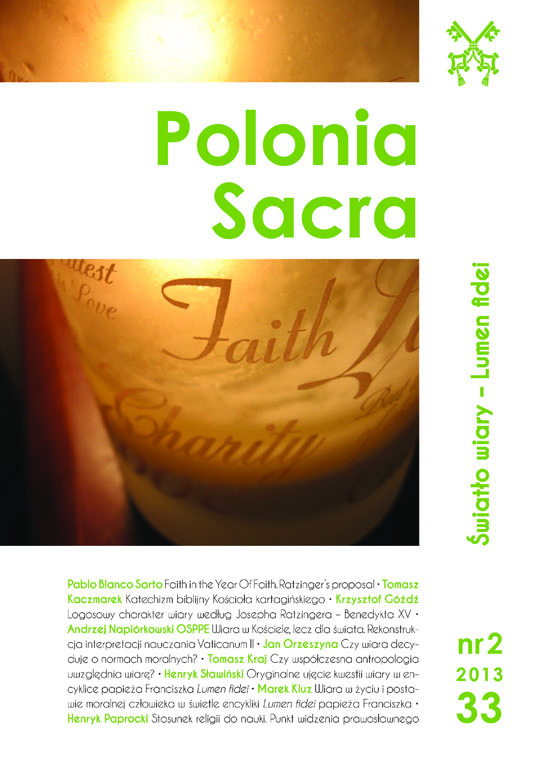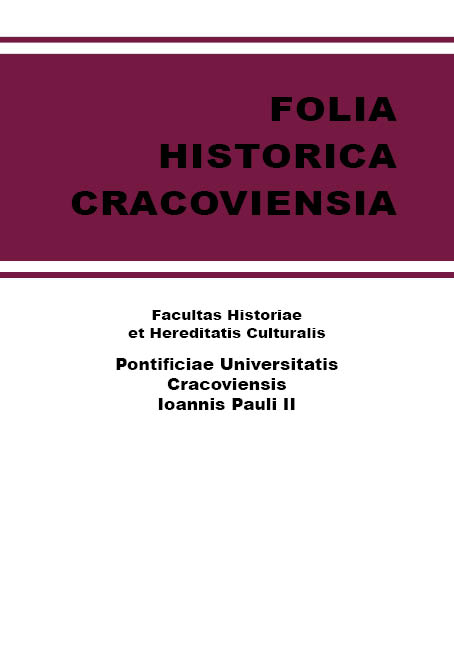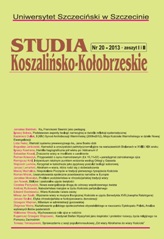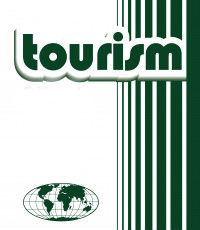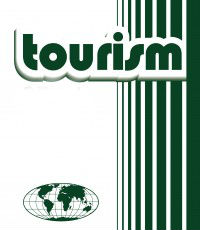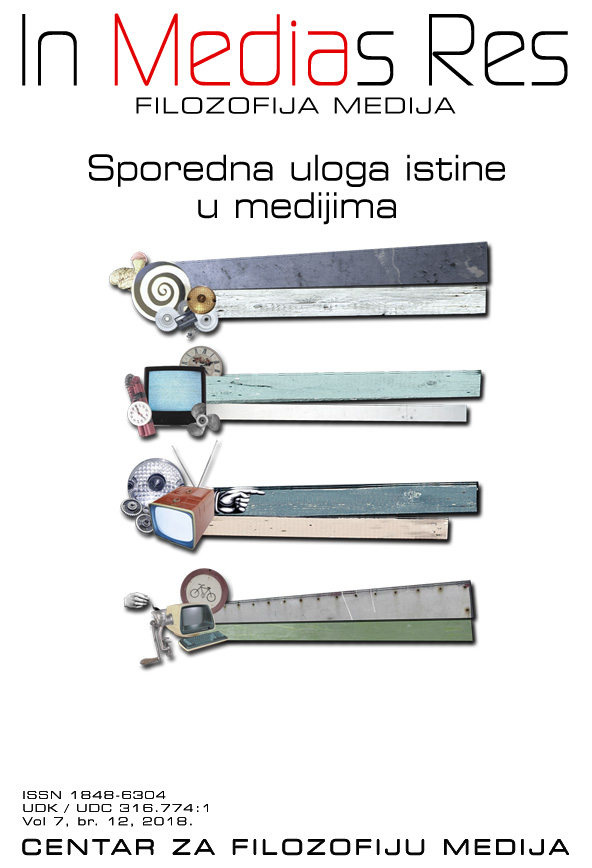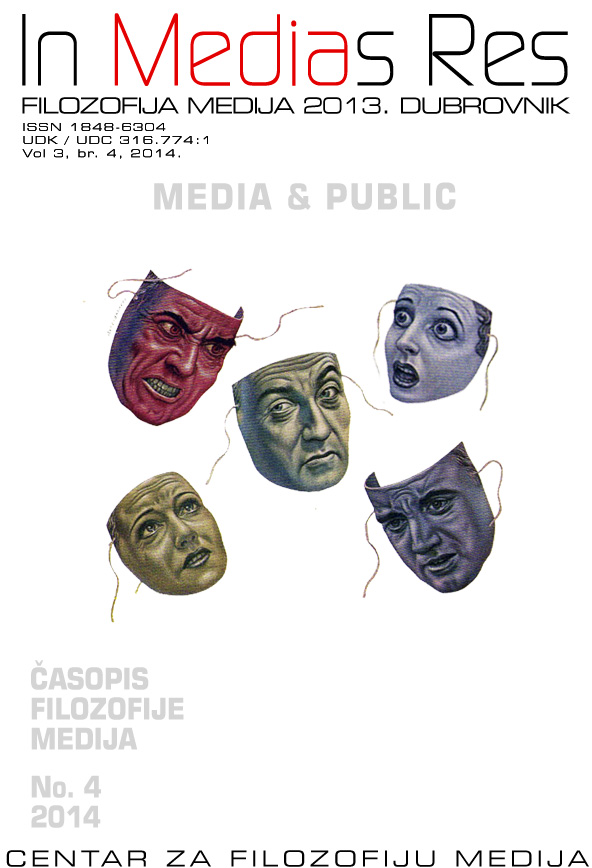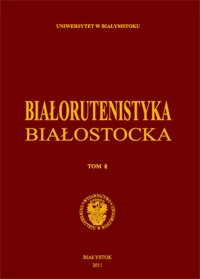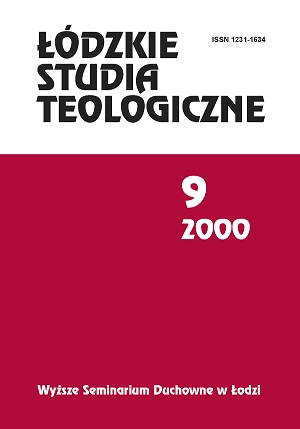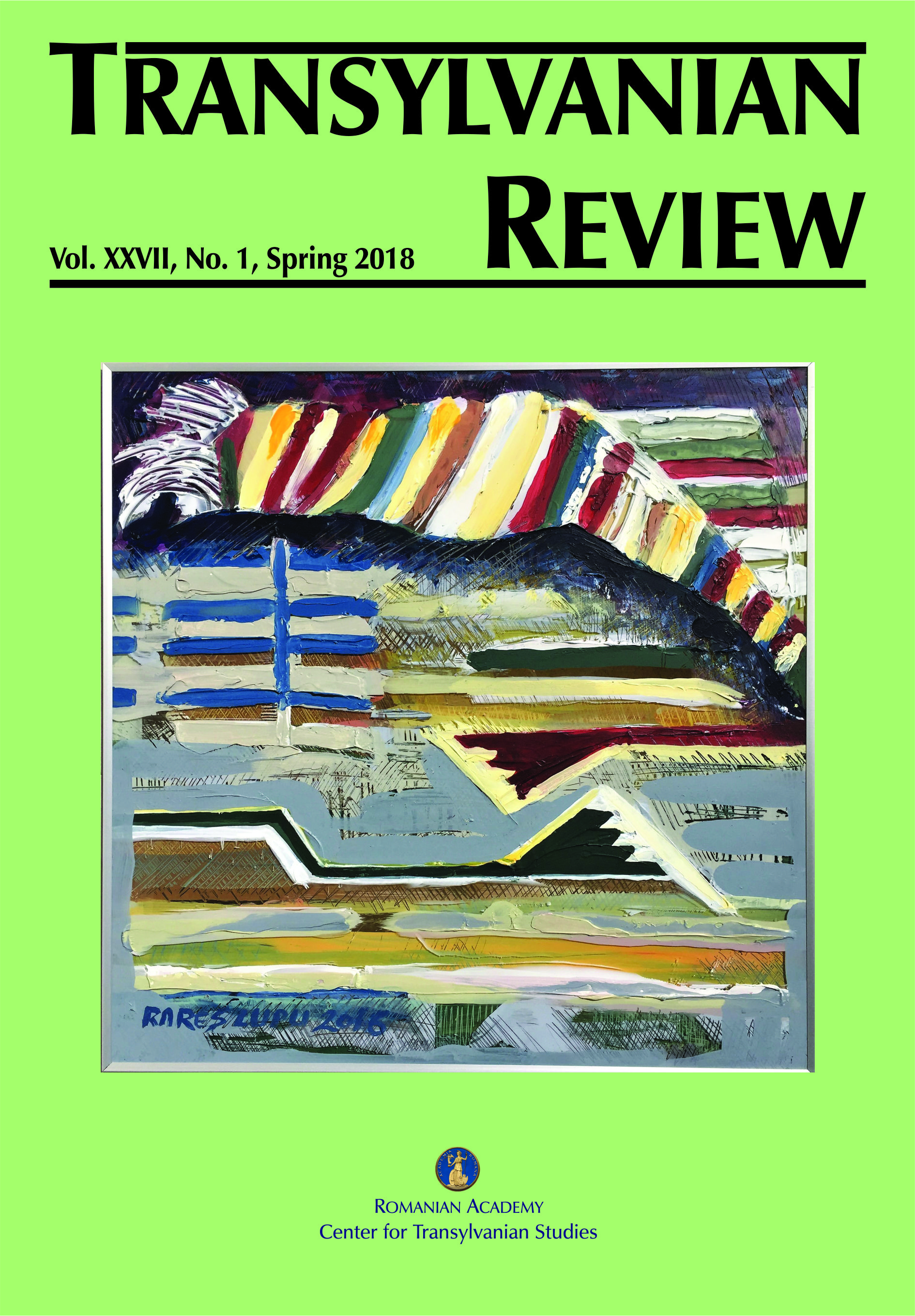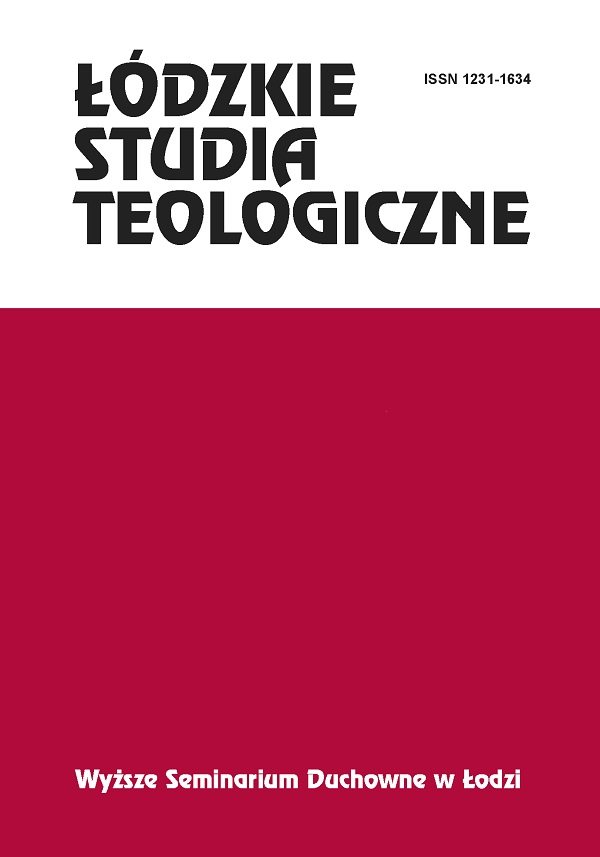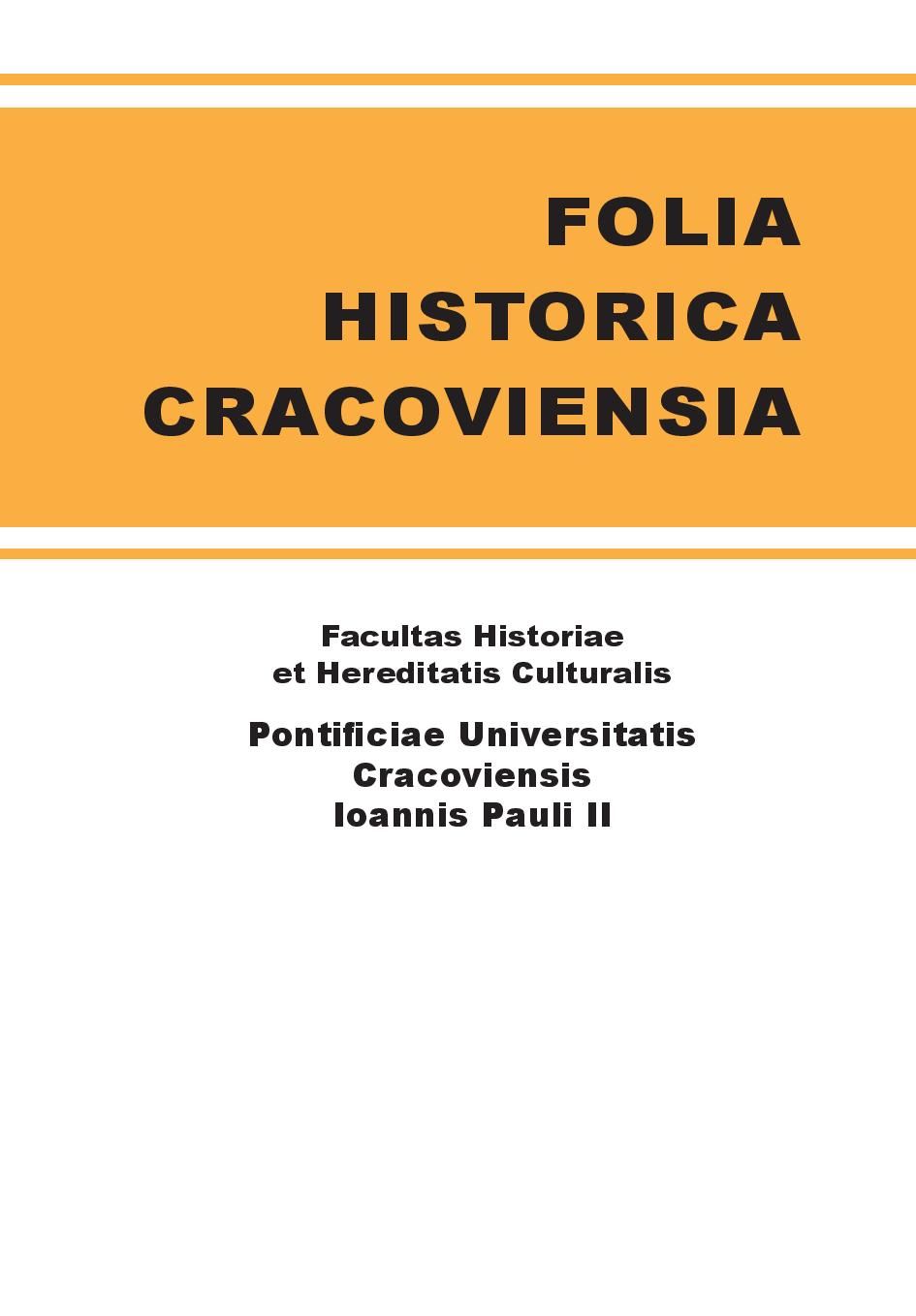
Wystrój malarski kaplic kościoła Kamedułów na Bielanach i jego znaczenie dla sztuki Krakowa 1. połowy XVII w. (kaplice Królewska i Delpacowska)
Ogromne znaczenie eremu bielańskiego dla dziejów sztuki polskiej czasów przełomu manieryzmu i baroku jest od dawna należycie docenione. Dotyczy to jednak w pierwszym rzędzie architektury i jej wystroju (stiuków), a w znacznie mniejszym stopniu malarstwa. Wielokrotnie przywoływano w opracowaniach sztuki polskiej 1. połowy XVII w. malarski wystrój kaplic bielańskich, najczęściej jednak ograniczano się do stwierdzenia, że część tej dekoracji jest dziełem weneckiego malarza Tomasza Dolabelli i jego warsztatu(wystrój malarski kaplic Królewskiej i Delpacowskiej) i ilustruje proces niejako „degradacji” tego artysty, który przybywszy do Polski w ostatnich latach XVI w. z czasem zagubił osiągnięcia wielkiej szkoły weneckiej doby manieryzmu, zaniżył standardy wykonywanych dzieł i uległ swoistej „sarmatyzacji”, dostosowując się do gustów i oczekiwań miejscowych odbiorców. W malowidłach dwóch najważniejszych kaplic bielańskiego kościoła widziano dzieła jegosamego, jego uczniów i naśladowców. Teza o „sarmatyzacji” i obniżeniu się poziomu twórczości Dolabelli niedawno poddana została krytycznej analizie, przy okazji której przywołano i w pewien sposób „zrehabilitowano” źródłowo potwierdzone dzieła tego artysty z kaplicy Królewskiej.///The enormous significance of the Bielany hermitage in the history of Polish art of the transition period between Mannerism and Baroque has long been rightly acknowledged. However, such appreciation concerns primarily architecture and decorations (stuccoes), and to a lesser extent paintings. Studies on the Polish art of the 1st half of the 17th century have repeatedly mentioned the paintings in the Bielany chapels, albeit they were mostly limited to the statement that some decorations are the work of Venetian painter Tommaso Dolabella and his followers (paintings in the Royal and St Romuald's Chapels) and illustrate, as it were, the artist's 'decline', who, having arrived in Poland in the late 17th century, in time abandoned the glorious tradition of the grand Venetian school of the Mannerism epoch, lowered the standard of his artistic output and in a way became "Sarmatised", catering to the taste and expectations of the locals. The authorship of the paintings in the two most prominent chapels of the Bielany church was attributed to Dolabella, his students and followers. The thesis of "Sarmatisation" and the lowering of standards in his work has recently been critically analysed, as the artist's authenticated works from the Royal Chapel have been referred to and "vindicated".
More...

